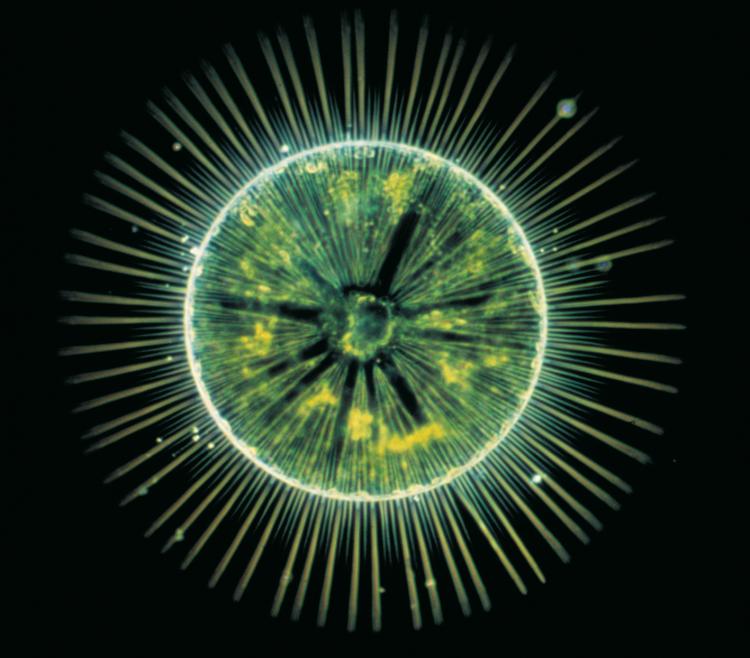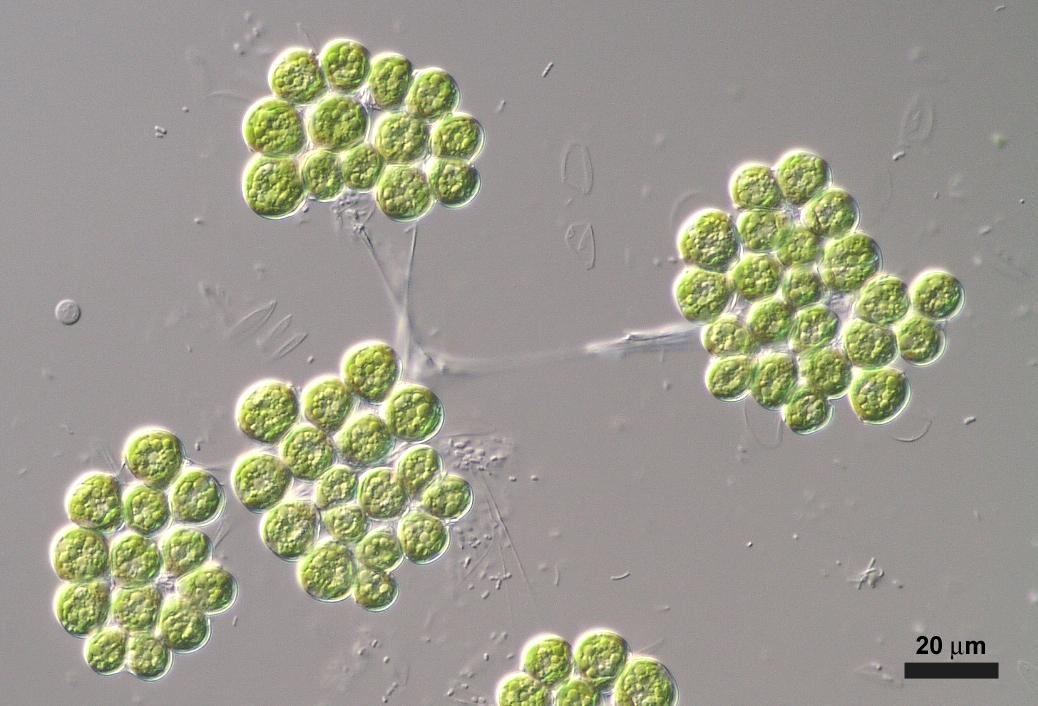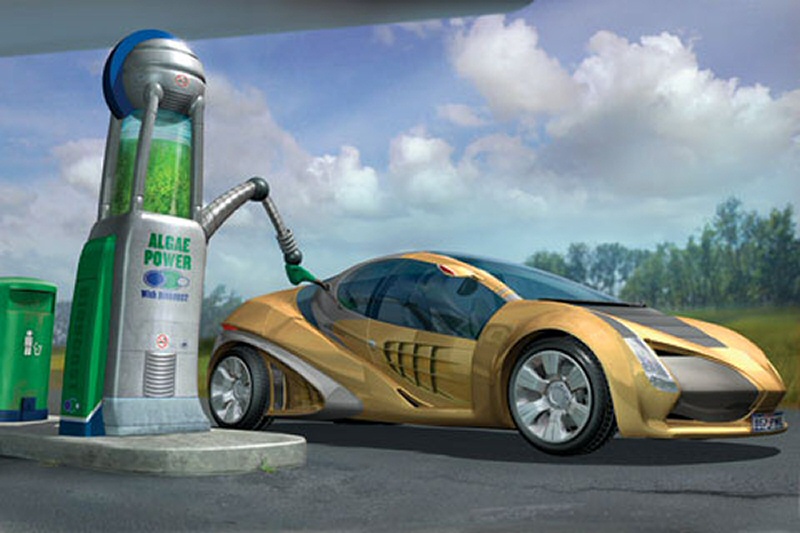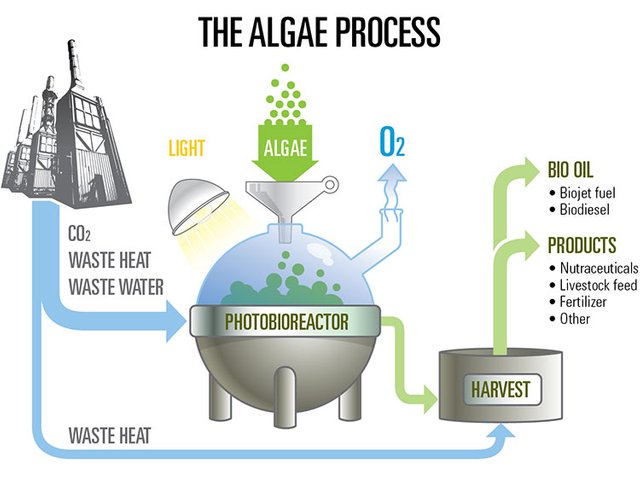Cultivate microscopic algae to harvest petroleum.
Microscopic algae a new enrergetic alternative
The efforts invested in research to find new biocarburant have led two Andalusian companies to use algae as an organic raw material . These marine living elements could replace products that are extremely harmful to the environment

of this innovative biofuel , an initiative that allows it to diversify its commercial line. For the moment, the company has presented two projects to exploit algae to the Andalusian Technology Corporation (CTA), a private foundation supported by the Ministry for Innovation, Science and Enterprise.

The first of the projects is based on the use of algae to develop hydrocarbons. Indeed, Rafael Morales is currently conducting a study to analyze the possibilities of obtaining hydrocarbons from the microalga Botryococcus Braunii, present on the Huelva's coast . Specifically, this initiative examines the technical viability of growing this type of microalgae on the coast and its ability to accumulate combustible hydrocarbons.

The second project aims to exploit the carotenoids present in the algae Duna leilla salina, which can be obtained on the same coast. The antioxidant properties of carotenoids (a compound that gives color to carrots or tomatoes, for example) opens up a wide range of possible applications.

- plan A Production of biodiesel
Cultivated in "stress conditions" environments (eg nitrate deficiency or sudden increase in luminous intensity), some species significantly increase their lipid production by up to 80% of their dry mass. However, these conditions of high productivity can not be maintained for long. In fact, they lead tostop the algae cells growth and consumption of the lipid reserves produced. The optimization of lipid's ( oil ) productivity requires an alternation between growth (without deficiency) and production of oil (with stress slowing growth).

The microalgaes are then harvested and the oil is extracted by different methods (centrifugation, solvent treatment, thermal lysis, etc.) to be converted into biodiesel usable directlyby any type qf diesel engine .
-Plan B Production of bioethanol
Research on the production of algae fuels focuses on biodiesel.
However, there are microalgaes also producing carbohydrates (such as glucose or starch) of interest for the production of another biofuel, ethanol. This is produced during anaerobic fermentation (without oxygen) in the absence of light from the starch. The alcohol obtained is then concentrated and hydrated to result in bioethanol a perfect carburant .
And finally let me present youthe technical productio process diagram of this bio energie .

I wish i could be algae at the gas station and just eat it ... in the future people will just slurp stuff from a bag most days and sit down 2x a week for a nice "classic" family meal.
You absolutely right also we must preserve a good balance in our lives
Interesting! People had been growing corn to produce energy but it had been causing lots of problem. Algae have a relatively fast reproduction rate so probably is a good idea :D
And above all it must be taken into consideration that corn must be mainly used for feeding humans not for producing energy